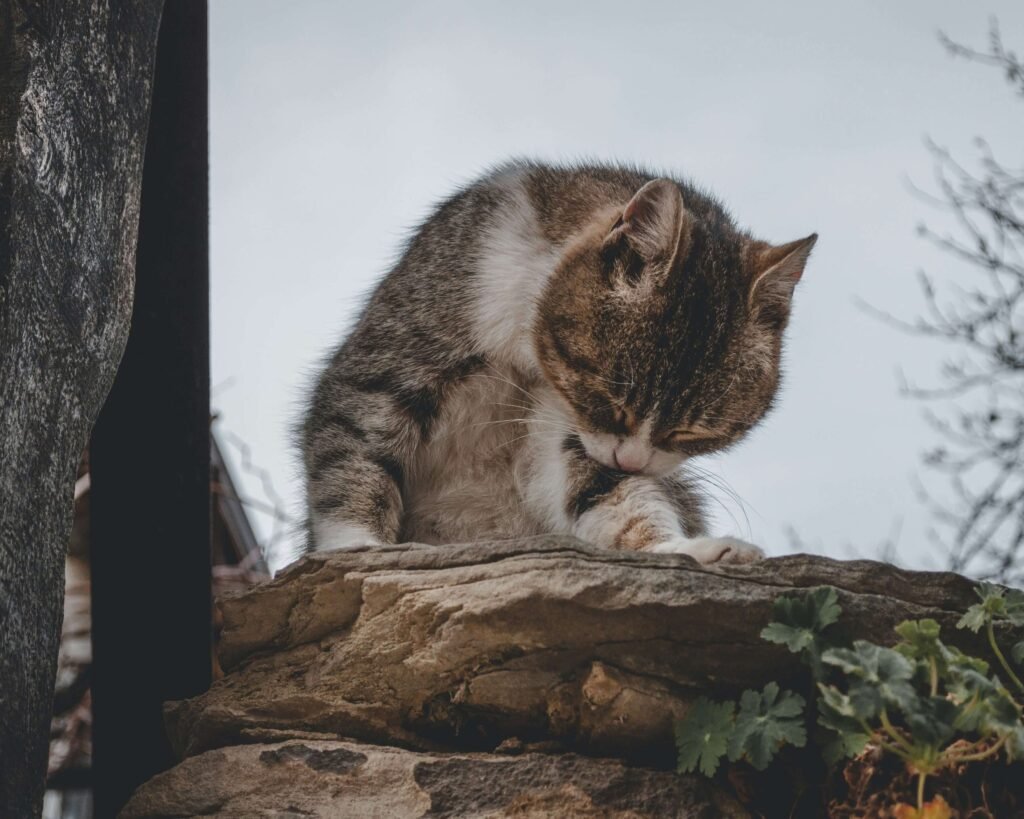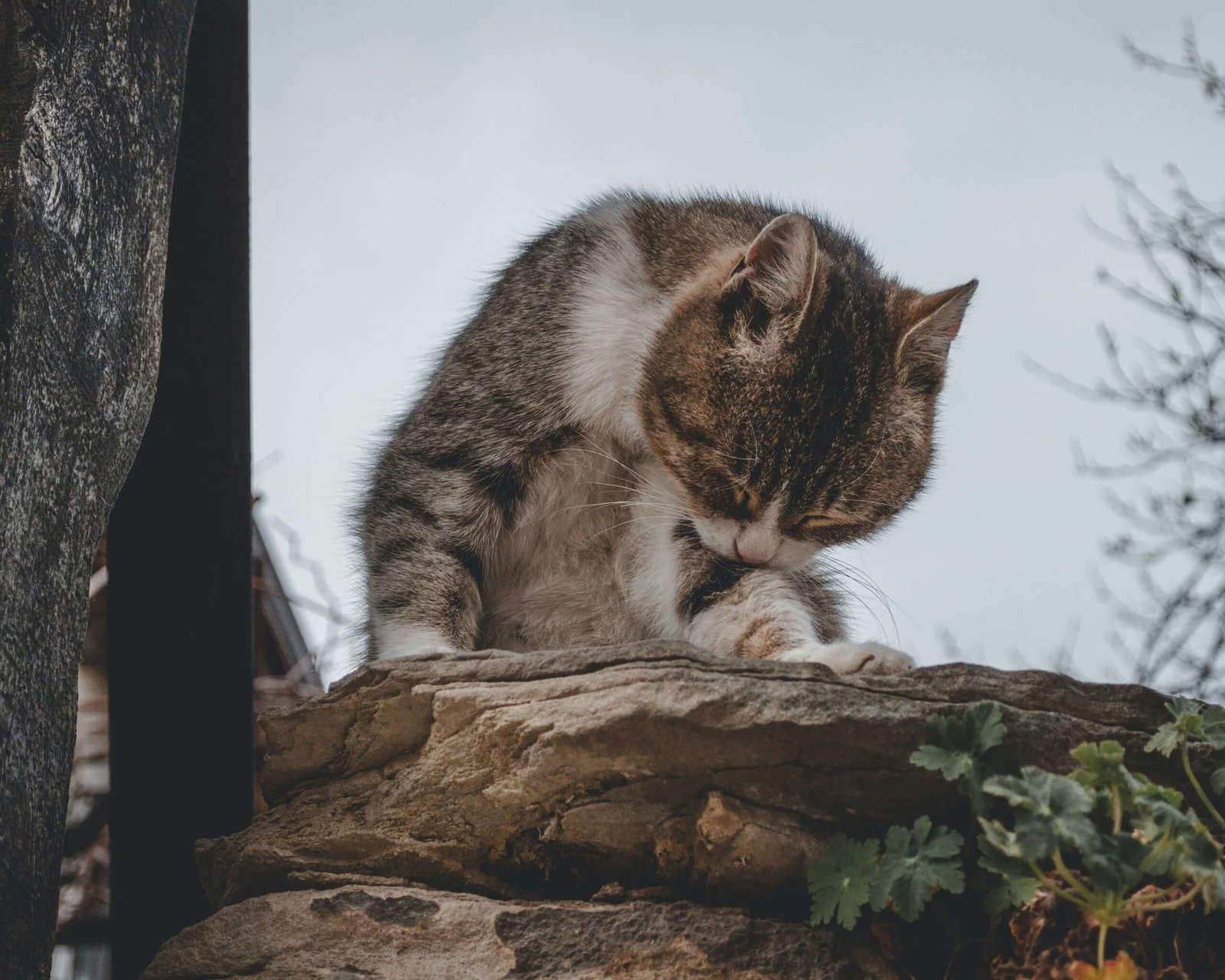How Long Can a Cat Go Without Food and Water? Understanding Their Limits
Cats are resilient creatures, but their survival depends heavily on consistent access to food and water. If you’ve ever wondered how long a cat can go without food and water, it’s essential to recognize that even short periods of deprivation can have serious consequences. Cats rely on a delicate balance of nutrients and hydration to maintain their health, and neglecting this balance can lead to rapid deterioration.
In this blog post, we’ll explore the limits of a cat’s endurance without sustenance, the risks involved, and actionable steps to ensure your feline friend stays healthy and hydrated. Whether you’re a concerned pet owner or simply curious about feline physiology, this guide will provide valuable insights into the critical importance of nutrition and hydration for cats.
How Long Can a Cat Survive Without Food?
While cats are known for their ability to endure challenging conditions, going without food for extended periods can be life-threatening. Here’s a breakdown of what happens when a cat stops eating:
24 Hours
After just one day without food, a cat may begin to feel lethargic and lose energy due to a drop in blood sugar levels.48 Hours
By the second day, their body starts breaking down fat reserves for energy, which can lead to fatty liver disease if prolonged.3-5 Days
At this stage, organ function begins to decline, and the risk of irreversible damage increases significantly.6-7 Days
Survival becomes highly unlikely as the body shuts down vital systems due to malnutrition.Beyond a Week
Without intervention, death is almost certain as the body succumbs to starvation.
Understanding these timelines highlights the urgency of addressing any refusal to eat promptly and seeking veterinary care if necessary.
How Long Can a Cat Survive Without Water?
Water is even more critical than food for a cat’s survival. Dehydration can occur rapidly, leading to severe complications. Here’s what happens when a cat lacks access to water:
12-24 Hours
Mild dehydration sets in, causing symptoms like dry gums, sunken eyes, and lethargy.24-48 Hours
Moderate dehydration affects kidney function, potentially leading to urinary tract issues.3 Days
Severe dehydration compromises organ function, including the kidneys, which are vital for filtering toxins.4 Days
At this point, the cat is at extreme risk of organ failure and death.Beyond 4 Days
Survival is unlikely as the body cannot sustain itself without adequate hydration.
These timeframes underscore the importance of ensuring your cat always has access to fresh, clean water.
Check this guide 👉Why Is My Cat Not Drinking Water? Best 7 Health Tips!
Check this guide 👉Why Is My Cat Drinking So Much Water? Best 7 Expert Tips!

Duration Without Food | Potential Health Risks |
|---|---|
24 Hours | Lethargy, low energy |
48 Hours | Fat metabolism, risk of fatty liver |
3-5 Days | Organ dysfunction, malnutrition |
6-7 Days | Irreversible organ damage |
Beyond a Week | High likelihood of death |
Signs Your Cat Isn’t Eating or Drinking Enough
Recognizing early signs of inadequate food or water intake can help prevent serious health issues. Here are some key indicators to watch for:
Weight Loss
A noticeable decrease in weight is an obvious sign that your cat isn’t consuming enough calories.Dry Gums
Dry or sticky gums often indicate dehydration and should be addressed immediately.Lethargy
A lack of energy or enthusiasm for play and interaction may signal nutritional deficiencies.Changes in Urination
Infrequent urination or dark-colored urine suggests dehydration and potential kidney stress.Vomiting or Diarrhea
Digestive upset can indicate underlying problems affecting appetite or hydration.
If you notice any of these signs, consult your veterinarian promptly to determine the cause and treatment.
Tips to Encourage Your Cat to Eat and Drink
If your cat is refusing food or water, there are several ways to encourage them to consume the nutrients they need. Here are some practical tips:
Offer Wet Food
Wet food has a higher moisture content and is often more appealing to picky eaters.Provide Fresh Water Daily
Change the water bowl frequently to keep it clean and inviting.Try Different Flavors
Experiment with various flavors or textures to find something your cat enjoys.Use a Water Fountain
Some cats prefer running water, so a pet fountain may entice them to drink more.Create a Stress-Free Environment
Place food and water bowls in quiet areas away from loud noises or other pets.
These strategies can make mealtime more appealing and ensure your cat stays nourished and hydrated.
Common Reasons Cats Stop Eating
Cats may refuse food for a variety of reasons, ranging from medical issues to environmental changes. Identifying the cause can help you address the problem effectively. Here are some common reasons why cats stop eating:
Illness or Pain
Underlying health conditions, such as dental problems or gastrointestinal issues, can make eating uncomfortable.Stress or Anxiety
Changes in the household, like moving or introducing new pets, can stress your cat and reduce their appetite.Food Preferences
Cats can be picky eaters, and sudden changes in food brand or texture may deter them from eating.Environmental Factors
Noisy or crowded feeding areas can discourage cats from approaching their food bowls.Age-Related Changes
Older cats may experience a decline in appetite due to reduced activity levels or sensory changes.
Understanding these triggers can help you take proactive steps to encourage your cat to eat again.
Signs of Severe Dehydration in Cats
Dehydration is a serious concern that requires immediate attention. Recognizing the signs early can prevent complications and ensure your cat receives timely care. Here are symptoms of severe dehydration to watch for:
Sunken Eyes
A noticeable sinking of the eyes can indicate significant fluid loss in the body.Loss of Skin Elasticity
Gently pinch the skin on your cat’s back; if it doesn’t snap back quickly, dehydration may be present.Dry Nose and Gums
A dry or sticky nose and gums are clear indicators of insufficient hydration.Lethargy and Weakness
Extreme tiredness or inability to move around normally suggests advanced dehydration.Increased Heart Rate
A rapid heartbeat can occur as the body struggles to compensate for fluid loss.
If you notice any of these signs, seek veterinary assistance immediately to restore your cat’s hydration levels.
Preventive Measures to Avoid Food and Water Issues
Preventing problems related to food and water intake is crucial for maintaining your cat’s health. By taking proactive steps, you can minimize risks and ensure your cat stays nourished and hydrated. Here are some preventive measures to consider:
Regular Vet Check-Ups
Schedule routine veterinary visits to catch potential health issues before they affect eating habits.Monitor Daily Intake
Keep track of how much food and water your cat consumes daily to spot irregularities early.Provide a Balanced Diet
Ensure your cat’s diet includes all essential nutrients to support their overall health and energy levels.Avoid Sudden Food Changes
Gradually transition to new foods over several days to avoid upsetting your cat’s digestive system.Encourage Play and Exercise
Physical activity can stimulate appetite and promote overall well-being.
By implementing these preventive strategies, you can reduce the likelihood of food and water-related issues and keep your cat thriving.
Frequently Asked Questions About Cats and Food/Water Intake
Why won’t my cat eat?
Refusal to eat can stem from illness, stress, dental pain, or changes in routine.
Is it normal for a cat to skip meals occasionally?
While occasional fasting isn’t uncommon, consistently skipping meals requires attention.
How much water does a cat need daily?
On average, cats need about 50ml per kilogram of body weight daily.
What should I do if my cat stops drinking water?
Consult a vet immediately, as dehydration can escalate quickly.
Can cats survive longer without food than water?
No, cats can survive slightly longer without food but deteriorate rapidly without water.
Final Thoughts: Prioritizing Your Cat’s Nutrition and Hydration
Understanding how long a cat can go without food and water emphasizes the importance of vigilance in their care. Even brief periods of deprivation can have devastating effects, making it crucial to monitor your cat’s eating and drinking habits closely. By recognizing warning signs, encouraging proper intake, and seeking professional help when needed, you can safeguard your cat’s well-being. Remember, your furry companion relies on you to meet their basic needs—providing consistent access to food and water is one of the simplest yet most impactful ways to show your love. With attentiveness and care, you can ensure your cat leads a happy, healthy life.
Can a Cat Die from a Cold? Best 7 Expert Tips! Learn how to identify, treat, and prevent feline colds while understanding when to seek veterinary care for your cat’s health.
Cat Screaming for Food: Best 7 Expert Tips! Discover effective strategies to manage your cat's food-related vocalizations and create a peaceful feeding routine.
Aspiration Pneumonia in Cats: Best 7 Expert Tips! Discover causes, symptoms, and treatment advice to protect your cat’s respiratory health and ensure a speedy recovery.
Hip Dysplasia in Cats: Best 7 Expert Tips! Discover expert advice on managing hip dysplasia in cats, from symptoms and prevention to treatment options for a happier, healthier feline life.





